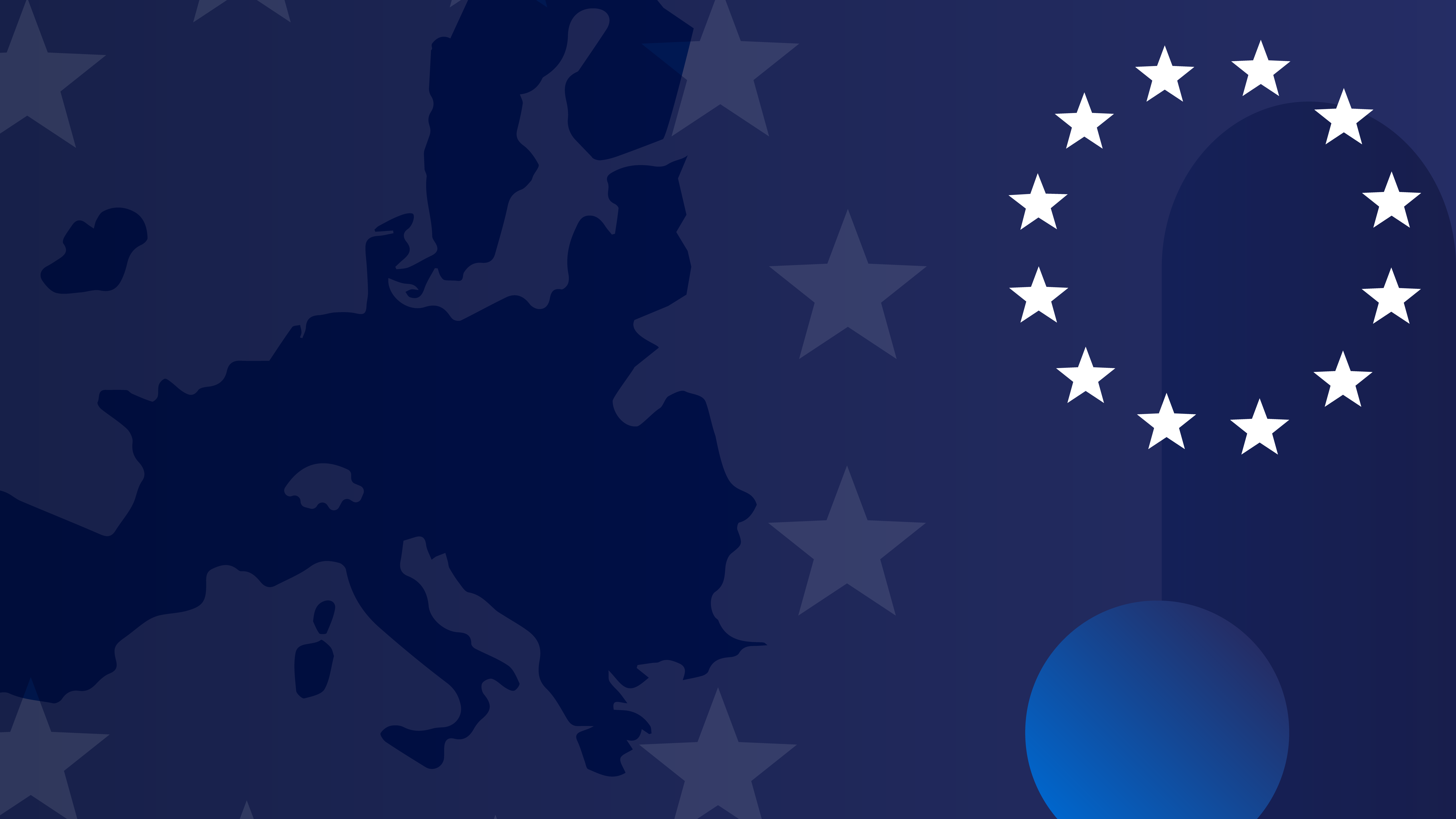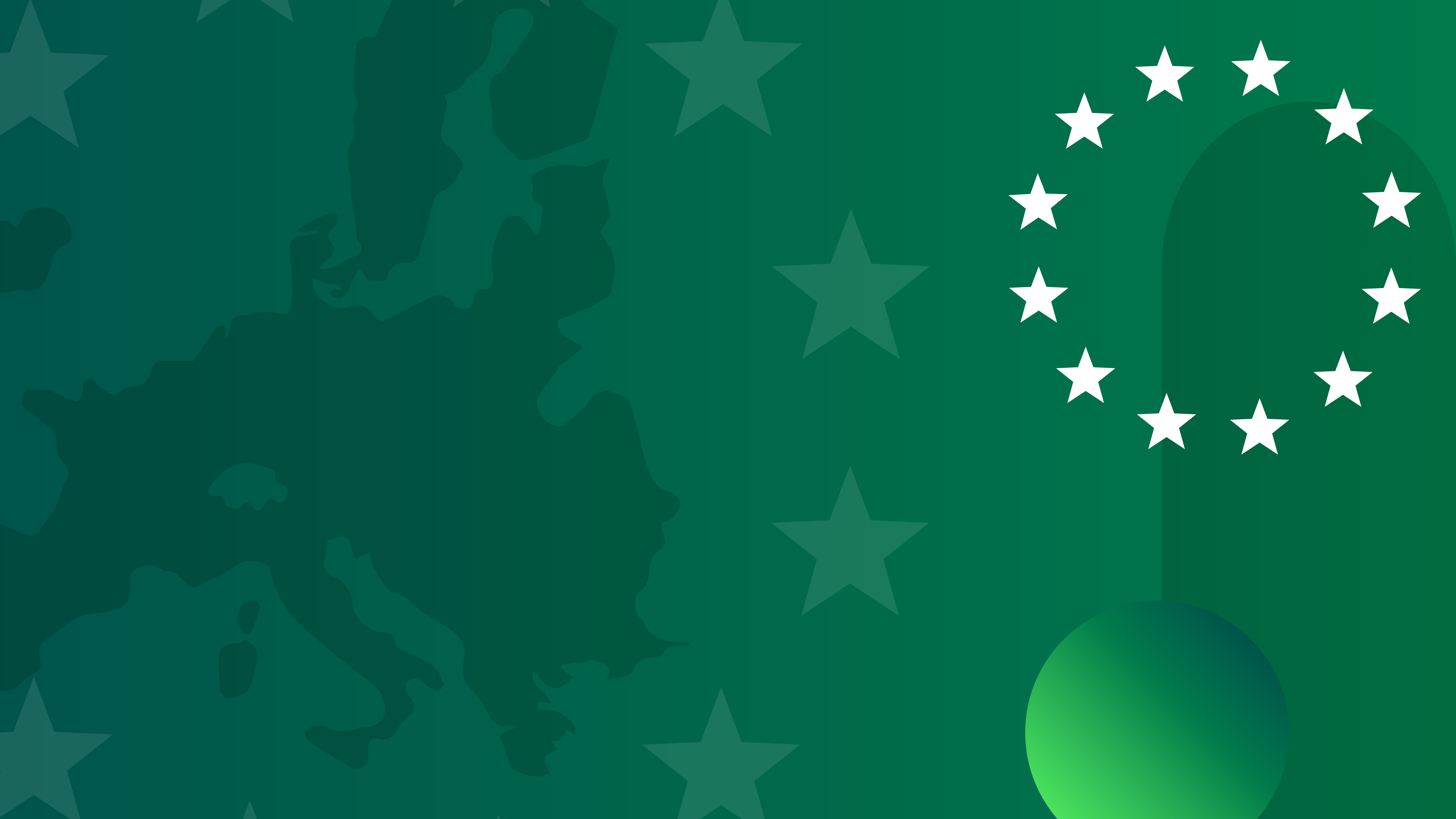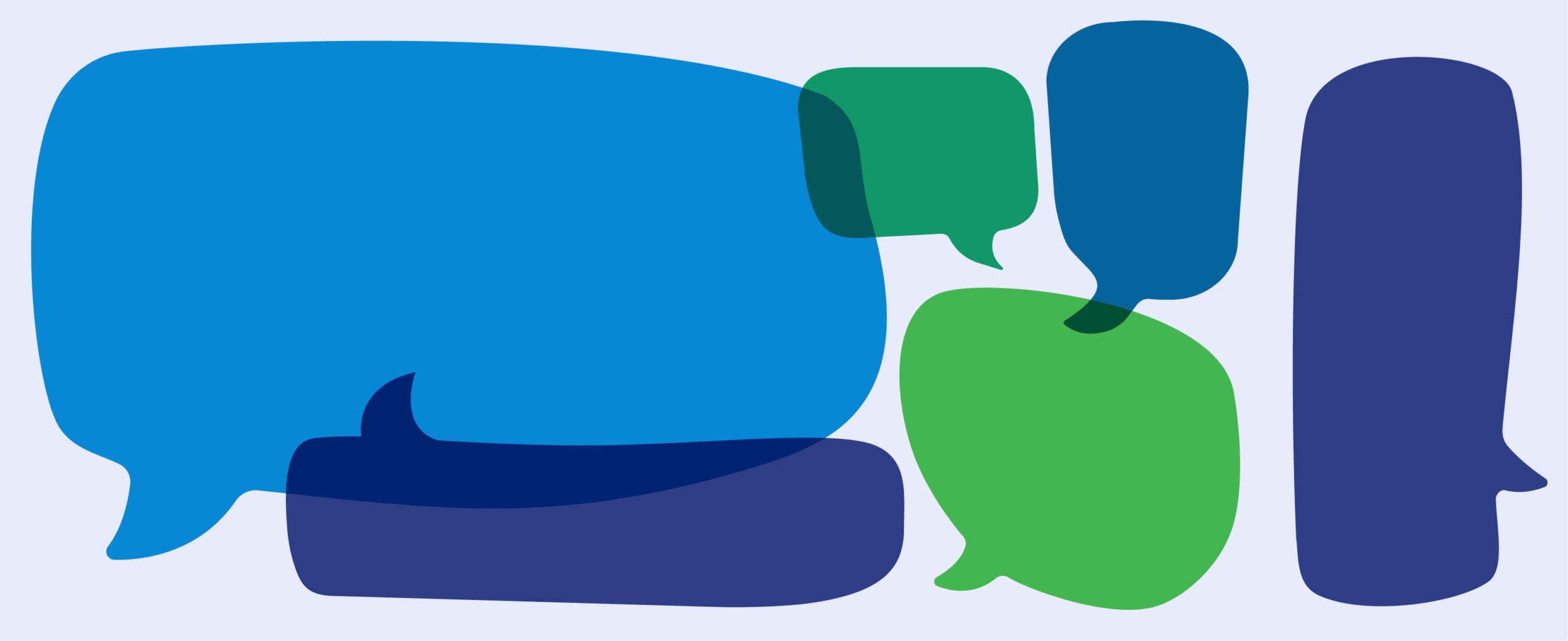July is Disability Pride Month. It’s also the month that Congress signed the Americans with Disabilities Act into law in 1990.
Why it matters: 26% of Americans have a disability, according to the CDC. That’s approximately 61 million, or one in four people. But how to effectively communicate with people with disabilities is often overlooked.
- Accessible communications can take many forms, including qualified interpreters, large-print materials, audiotapes, real-time captioning, keyboard navigation, voice control, color modification, and alt-text, which describes a visual for screen-reading tools.
What they’re saying: The ADA was a major step, but “you can’t legislate a culture of inclusion,” Disability:IN CEO Jill Houghton tells Axios.
- “70% of [the disabled community] have disabilities that you can’t see. If you don’t include disability in your diversity efforts, then you’re not leading inclusively,” Houghton says.
Between the lines: Most companies are not, according to a piece by the Valuable 500’s Caroline Casey in the Harvard Business Review.
- While 90% of companies prioritize diversity, only 4% include disability in those initiatives, she writes.
- Disability:IN’s 2022 equality index also shows accessible corporate communications are still lacking. Only 36% of companies audit the accessibility of internal-facing tools, while 40% test external-facing communications.
The bottom line: As communicators, we can do our part by using intentional language that’s often people-first, and creating accessible communications that are easy to find.
- “You want to create communications where people feel that they belong. The best way to do that is to engage directly and ask,” Houghton says.



